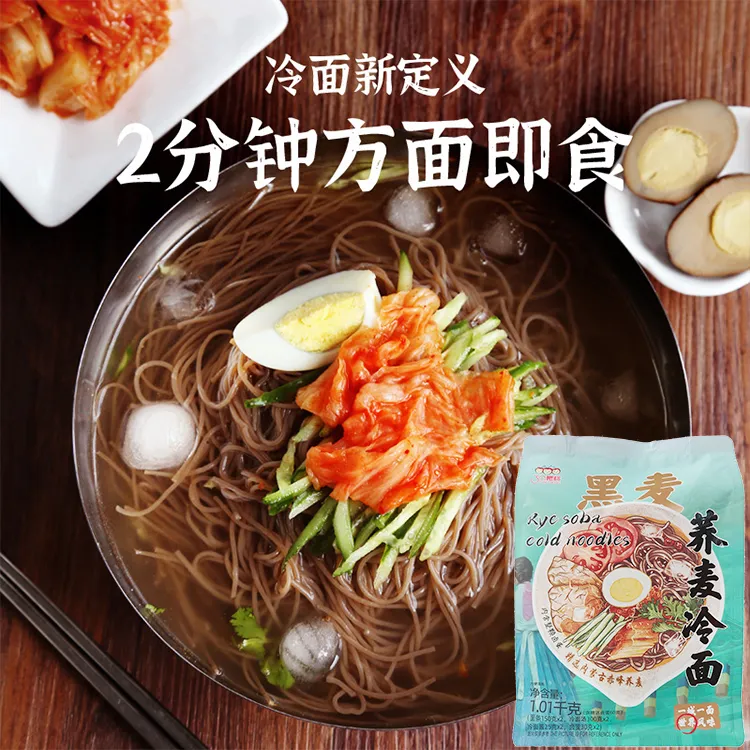dried udon noodles
The Versatility of Dried Udon Noodles A Culinary Journey
Udon noodles, a staple of Japanese cuisine, are loved for their thick, chewy texture and ability to absorb flavors. Available in various forms, dried udon noodles are particularly popular for their convenience and long shelf life, making them an essential item in many kitchens around the world. In this article, we will explore the characteristics of dried udon noodles, their cooking methods, versatility in various dishes, and some tips for the best results.
What are Dried Udon Noodles?
Dried udon noodles are made from wheat flour, water, and salt. The dough is kneaded, rolled out, and cut into thick strands, which are then dried to preserve them. This process not only extends the shelf life of the noodles but also intensifies their flavor. Unlike fresh udon, dried noodles require cooking to soften them, making them a versatile option for various culinary creations.
Cooking Dried Udon Noodles
Cooking dried udon noodles is relatively simple. Begin by bringing a large pot of water to a boil. Add the dried noodles, ensuring not to overcrowd the pot. Depending on the brand, cooking times can vary, but generally, they take about 8 to 12 minutes to cook until they are tender yet firm to the bite. It is crucial to keep an eye on them, stirring occasionally to prevent sticking.
Once cooked, drain the noodles and rinse them under cold water to halt the cooking process and remove excess starch. This step is particularly important if you plan to use them in cold dishes or salads. Alternatively, you can toss them in a little sesame oil to prevent them from clumping together if you intend to use them in hot soups or stir-fries.
Versatile Dishes Featuring Dried Udon Noodles
dried udon noodles

One of the great attributes of dried udon noodles is their adaptability to various cuisines and dishes. Here are a few popular options
1. Udon Soup This is a classic way to enjoy udon noodles. Simply prepare a flavorful broth using dashi (a Japanese stock made from kelp and bonito flakes), soy sauce, and mirin. Add your choice of proteins like chicken, beef, or tofu, and throw in some seasonal vegetables such as mushrooms, spinach, or green onions. The cooked udon noodles can be added directly to the broth, resulting in a comforting, hearty meal.
2. Stir-Fried Udon Dried udon noodles lend themselves well to stir-frying. After boiling and rinsing the noodles, toss them in a hot wok with oil, along with an assortment of vegetables like bell peppers, carrots, and snow peas. Add soy sauce, oyster sauce, or teriyaki sauce for a burst of flavor. You can incorporate proteins such as shrimp, chicken, or beef, making it a quick and delicious one-pan meal.
3. Cold Udon Salad For a refreshing dish, consider making a cold udon salad. After cooking and rinsing the noodles, let them cool down. Toss them with cucumber, avocado, radish, and sesame seeds, then dress with a mixture of soy sauce, rice vinegar, and sesame oil. This dish is not only light and satisfying but is also perfect for hot summer days.
4. Curry Udon Another delightful way to enjoy udon noodles is by pairing them with curry. Simmer your favorite curry sauce, either from scratch or using store-bought options, and serve it over cooked udon noodles. The thick noodles absorb the rich flavors of the curry, creating a comforting and filling dish.
Conclusion
Dried udon noodles are more than just an ingredient; they are a gateway to an array of delicious dishes that bring warmth and comfort to the dining table. Their versatility allows them to fit seamlessly into various culinary styles, making them a favored choice for both home cooks and professional chefs. With a few simple cooking techniques and a dash of creativity, dried udon noodles can elevate any meal, providing a delightful experience with each bite. Whether in a hot soup, a stir-fry, or a refreshing salad, these noodles are sure to satisfy your cravings and impress your guests. Dive into the world of udon and discover the endless possibilities it offers!
-
Unleash Your Inner Chef with Delectable Italian Pasta CreationsNewsAug.01,2025
-
Savor Health and Flavor: Irresistible Soba Noodles for Sale Await!NewsAug.01,2025
-
Nourish Your Body with Premium Organic Ramen - A Culinary Delight AwaitsNewsAug.01,2025
-
Elevate Your Dishes with Our Exquisite Kinds of Egg NoodlesNewsAug.01,2025
-
Dive into Flavorful Convenience with Our Ramen OfferingsNewsAug.01,2025
-
Discover Exquisite Types of Naengmyeon and Chilled Soba NoodlesNewsAug.01,2025
-
Is Whole Wheat Pasta Healthy?NewsMay.30,2025
Browse qua the following product new the we

















































































































